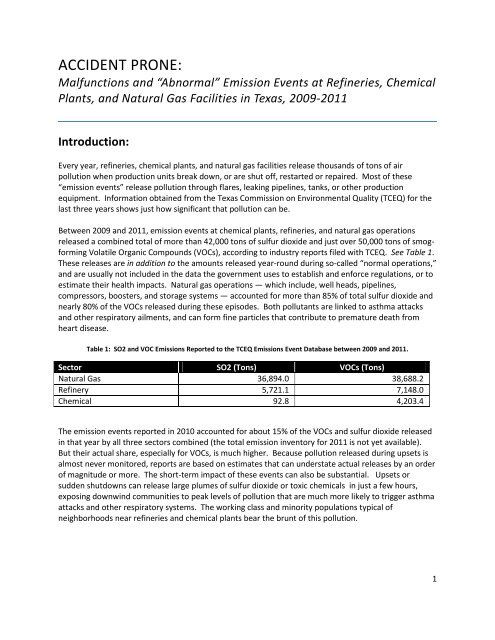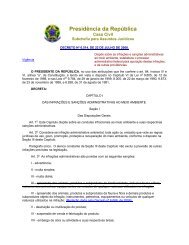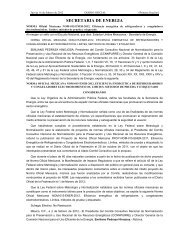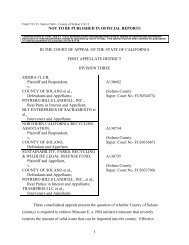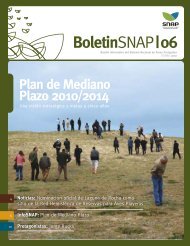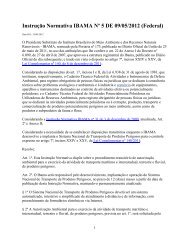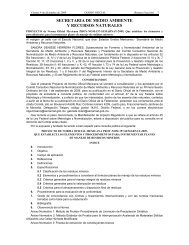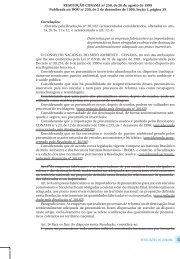accident prone - Environmental Integrity Project
accident prone - Environmental Integrity Project
accident prone - Environmental Integrity Project
You also want an ePaper? Increase the reach of your titles
YUMPU automatically turns print PDFs into web optimized ePapers that Google loves.
ACCIDENT PRONE:<br />
Malfunctions and “Abnormal” Emission Events at Refineries, Chemical<br />
Plants, and Natural Gas Facilities in Texas, 2009-2011<br />
Introduction:<br />
Every year, refineries, chemical plants, and natural gas facilities release thousands of tons of air<br />
pollution when production units break down, or are shut off, restarted or repaired. Most of these<br />
“emission events” release pollution through flares, leaking pipelines, tanks, or other production<br />
equipment. Information obtained from the Texas Commission on <strong>Environmental</strong> Quality (TCEQ) for the<br />
last three years shows just how significant that pollution can be.<br />
Between 2009 and 2011, emission events at chemical plants, refineries, and natural gas operations<br />
released a combined total of more than 42,000 tons of sulfur dioxide and just over 50,000 tons of smogforming<br />
Volatile Organic Compounds (VOCs), according to industry reports filed with TCEQ. See Table 1.<br />
These releases are in addition to the amounts released year-round during so-called “normal operations,”<br />
and are usually not included in the data the government uses to establish and enforce regulations, or to<br />
estimate their health impacts. Natural gas operations — which include, well heads, pipelines,<br />
compressors, boosters, and storage systems — accounted for more than 85% of total sulfur dioxide and<br />
nearly 80% of the VOCs released during these episodes. Both pollutants are linked to asthma attacks<br />
and other respiratory ailments, and can form fine particles that contribute to premature death from<br />
heart disease.<br />
Table 1: SO2 and VOC Emissions Reported to the TCEQ Emissions Event Database between 2009 and 2011.<br />
Sector SO2 (Tons) VOCs (Tons)<br />
Natural Gas 36,894.0 38,688.2<br />
Refinery 5,721.1 7,148.0<br />
Chemical 92.8 4,203.4<br />
The emission events reported in 2010 accounted for about 15% of the VOCs and sulfur dioxide released<br />
in that year by all three sectors combined (the total emission inventory for 2011 is not yet available).<br />
But their actual share, especially for VOCs, is much higher. Because pollution released during upsets is<br />
almost never monitored, reports are based on estimates that can understate actual releases by an order<br />
of magnitude or more. The short-term impact of these events can also be substantial. Upsets or<br />
sudden shutdowns can release large plumes of sulfur dioxide or toxic chemicals in just a few hours,<br />
exposing downwind communities to peak levels of pollution that are much more likely to trigger asthma<br />
attacks and other respiratory systems. The working class and minority populations typical of<br />
neighborhoods near refineries and chemical plants bear the brunt of this pollution.<br />
1


